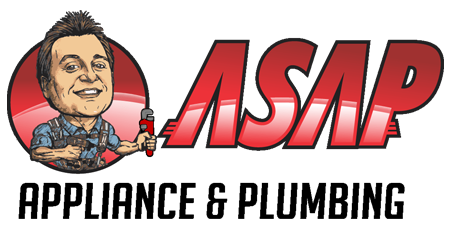Of all the most useful appliances created in the last century, the dishwasher is certainly near the top of the list. You rely on your dishwasher almost every day, so to keep it working its best, regular maintenance is necessary. You may be asking “Why would I need to clean an appliance that cleans my dishes?” It is easy to assume your dishwasher would clean itself as it cleans your dishes but with buildup of food and other debris, your dishwasher definitely needs some upkeep. Read on for some easy-to-follow steps to keep your dishwasher performing at its best and give you those spotless dishes your family deserves.
General things to look for:
Does the door, gaskets or hinges have any wear or tear?
Are the handles, knobs and buttons in good condition?
Does the motor make a loud noise when running through a cycle?
Is the water temperature within 5 degrees of the desired setting?
Dishwasher maintenance checklist
- Make sure your dishwasher is unloaded.
UGH! Yes, you’re going to have to do one of your least favorite household chores to get started. Cleaning out dishes and silverware from the dishwasher will make sure you can observe and buildup or debris and ensure the machine is working properly. - Check that the door opens easily and is clean.
Make sure the door to your dishwasher opens and closes easily and make sure all the hinges, handles, knobs and buttons are functioning properly. Often that yucky smell from your dishwasher is actually coming from the outside crevices of the door. The edges around the door are not cleaned during the cycle and can be housing pieces of food and smells from other spills. Wiping down the outside edges of the door with a washcloth and any household cleaner will eliminate any odor coming from this part of the dishwasher. - Clean the spinning arms and nozzles.
The spinning arms in your dishwasher are what spray the water to clean your dishes. If the arms aren’t spinning properly or if the nozzles are full of buildup, your dishes won’t get a thorough cleaning. You can use a toothpick, piece of wire, or a small pair of pliers to clean out any debris that has settled in these holes. If the arms don’t spin properly, they may need to be replaced. - Unclog and clean the drain and scrap tray.
If you are careful about scraping extra food into the trash and rinsing off your plate, this is something you shouldn’t have to clean often, but you should check it periodically to clear any bit of food or broken dishes. Leaving these obstacles in the drain/scrap tray will depress the efficiency of your dishwasher and will eventually create a clog. Don’t know how to clean your dishwasher drain? Follow these steps!- Unplug your dishwasher
- Take out screws and remove the cover
- Clean out larger pieces by hand
- Wipeout remaining buildup with a washcloth
- Reassemble the cover and ta-da! You’re finished.
- Check for leaks.
This step is easy! Just take a look underneath and around your dishwasher and look for any leakage. If there is a leak, you’ll likely need to contact ASAP Appliance and Plumbing. - Look for lime buildup, mildew, and mold.
De-liming your dishwasher often is a must. You can run your empty dishwasher with any mild food acid like white vinegar, lemon juice, or even lemonade mix! If you have a mildew or mold problem you can just run an empty cycle with bleach; unless you have a stainless steel interior to your dishwasher, then try using baking soda and vinegar.
Your dishwasher can be your best friend if you treat it right and clean it regularly. If your dishwasher does decide to stop working for you, give our experts a call. We’d be happy to help!


